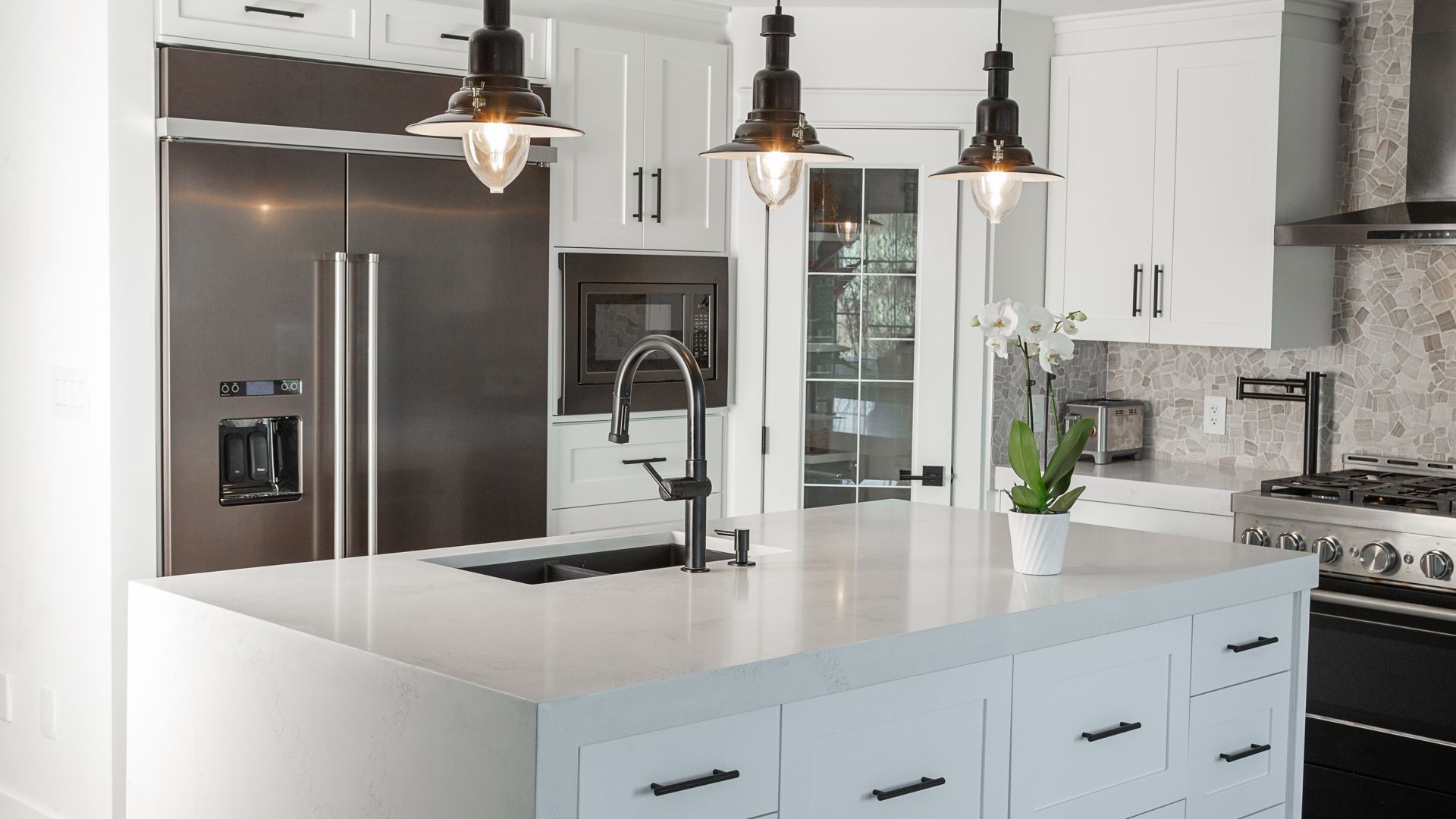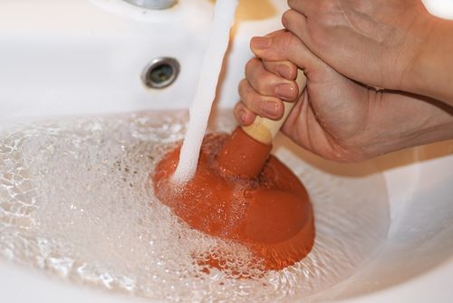As a homeowner, plumbing problems can cause quite a headache. Unfortunately, one of the most dangerous and overlooked problems is plumbing backflow. Essentially, backflow is the reverse flow of wastewater back into your home's water supply. Not only is this unhygienic, but it can pose a serious health hazard. This is why it's important to spot the early signs of plumbing backflow problems before they escalate.
In this blog post, we'll be discussing common signs of home plumbing backflow problems and what you should do if your home has plumbing backflow issues.
Signs Your Home Could Have Plumbing Backflow Problems
Plumbing backflow is a serious issue that homeowners should never ignore. If you notice any of the above signs, you should reach out to a plumbing professional as soon as possible:
- Water Discoloration – One of the tell-tale signs of backflow problems is when your water supply starts to get discolored. The most common cause of this is rusted pipes. However, there are many other reasons why this may be happening. When there's backflow in your plumbing system, it pulls contaminants and debris back into your home's water supply. This, in turn, leads to contaminated water that is not safe to drink. If you spot any water discoloration, it's important to contact a professional plumber right away to diagnose the issue.
- Foul Odors – Nobody likes the smell of bad plumbing. If there's a constant unpleasant odor coming from your faucets or drains in your home, there may be a chance of backflow. When backflow happens, it can bring unwanted waste products into your home. The smell can be an indicator of waste products in your water supply. Foul odors can also lead to illnesses, so it's crucial to fix the issue immediately.
- Sewage Backup – Sewage backup is the most unpleasant symptom of plumbing backflow. A sewer line is designed to carry waste and waste water away from your home. If there's a backflow issue, it can cause the sewage to backup and overflow into your home. This can be harmful to your family's health and cause significant damage to the interior of your home. If you spot this symptom, it's vital to contact an expert immediately.
- Slow Draining Fixtures – Slow draining fixtures, like your bathtub, shower, or toilet, are often a common sign of backflow. Over time, the accumulation of debris and contaminants due to backflow can start to clog your drains and outlets. It's essential to keep an eye on any slow drainage to prevent further damage to your home.
- Mold Growth – Mold is an indication of dampness and moisture, and it often thrives due to a lack of proper ventilation. Still, if it's growing in areas where it shouldn't be, it could be an indicator of a plumbing backflow problem.
Plumbing backflow can cause serious health and safety issues for you and your family, and it can lead to costly, long-term repairs. Regular plumbing maintenance and inspections can help to prevent backflow from happening. So, always keep an eye out for early warning signs and never hesitate to reach out to a professional plumber when in doubt.
Need help with home plumbing backflow problems? Give Smith’s Plumbing Services a call at (901) 290-1110 or get in touch with us online today. Our plumbers are available 24/7 for plumbing emergencies.

